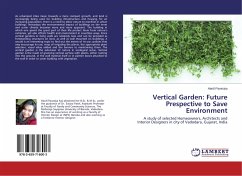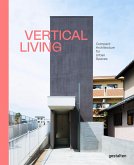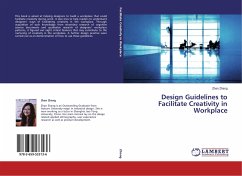As urbanized cities move towards a more compact growth, and land is increasingly being used for building infrastructure and housing for an increasing population, there is a need to allow nature to manifest in urban buildings. Nowadays the environmental impact of buildings on the inner and outer climate becomes more and more apparent. The building in which one spend the great part of their life protect them from nature's extremes, yet also effects health and environment in countless ways. Since vertical gardens or living walls are relatively new and can be provided as freestanding structures on land, as well as wall mounted on buildings, it would is an interesting topic to find out the extent of its use, policies that may encourage its use, ways of irrigating the plants, the appropriate plant selection, visual value added and the barriers to maintaining them. The vertical garden is the extension of nature in ecological sense. Vertical garden is the result of greening vertical surface with plants, either rooting into the ground, in the wall material itself or in planter boxes attached to the wall in order to cover building with vegetation.
Bitte wählen Sie Ihr Anliegen aus.
Rechnungen
Retourenschein anfordern
Bestellstatus
Storno








